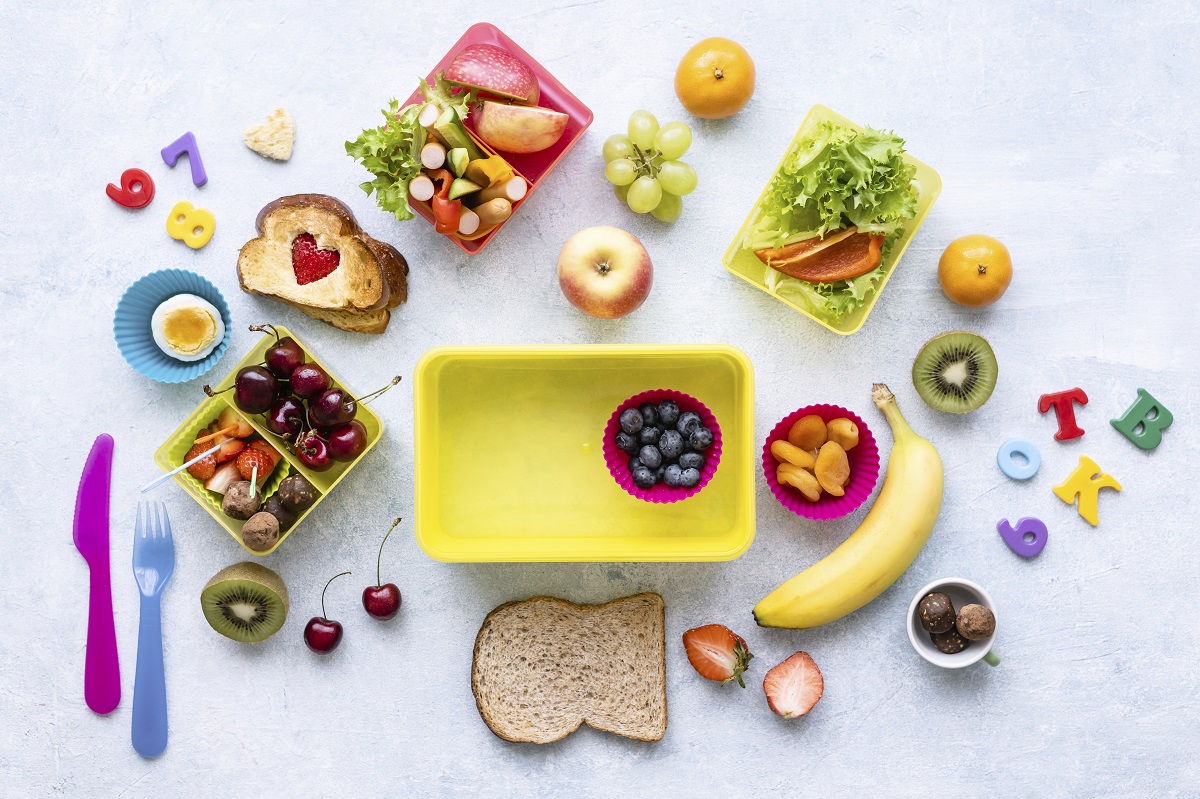As a parent, you are always looking for ways to make sure your kids are eating healthy. One way to do that is by packing nutrition in kids’ lunchboxes. In this blog, we will discuss nutrition for kids‘ lunchboxes and the act which monitors it. Read on to know more.
The Healthy, Hunger-Free Kids Act of 2010 (HHFKA) is a landmark federal law that gives the U.S. Department of Agriculture (USDA) the authority to set national standards for what food can be served in school cafeterias and other public venues. The goal of the legislation is to reduce childhood obesity and improve the nutritional quality of food served to kids.
How do the Healthy, Hunger-Free Kids Act makes kids’ lunch nutritious?
Since the passage of the Healthy, Hunger-Free Kids act, school lunches have been getting a lot of attention. According to research, school kids’ meals do not contain adequate nutritional value to allow them to perform well. This especially harms children with learning difficulties.
The research studied the portion sizes and nutritional content of packed lunches. It was discovered that many of these lunches did not meet BOCES standards. In order for lunch to be considered to meet these standards, it must have more than 664 calories, with less than 30% fat and a maximum of 10% derived from saturated fat.
As part of the act, the USDA implements new standards for food served in schools. The standards set by the USDA are based on the latest scientific research on nutrition and childhood obesity. They are designed to help kids develop healthy eating habits for life. The standards cover a wide range of foods, including:
Fruits and vegetables: Kids must have access to a variety of fruits and vegetables every day. The standards require that half of the grains served in school meals be whole-grain rich.
Protein: Lean protein sources such as grilled chicken, fish, tofu, beans, and lentils must be offered daily. Schools must also offer low-fat or fat-free dairy options at every meal.
Water: Schools must make free, safe drinking water available to kids at all times.
The standards also set limits on calories, sodium, and unhealthy fats. In addition, the USDA has created a new icon that identifies foods that meet the “Smart Snacks in School” standards. The icon can be found on food packaging in stores and on school lunch menus.

What does this mean for the nutrition in kids’ lunchboxes?
The new standards for school lunches are a great start, but there is still more that can be done to make sure kids are getting the nutrients they need. Parents also have a role to play in packing nutritious lunches for their children. Here are some tips:
- Include a variety of foods from all the food groups, including fruits, vegetables, whole grains, lean protein, and low-fat dairy.
- Pack foods that are nutrient-rich and lower in calories, such as fruits and vegetables, instead of processed snacks.
- Choose portion sizes that are appropriate for your child’s age and appetite.
- Avoid packing sugary drinks or snacks, such as candy, cake, and soda.
By following these tips, you can be sure that your child’s lunch is nutritious and will help them perform their best in school.
Other things to keep in mind for a nutritious lunchbox for kids:
To ensure that children are getting the nutrients they need, in addition to packed lunches, daily vitamins and minerals are a must. Modern farming practices have depleted the soil of much-needed nutrients, so liquid supplements are often the best way to go since they’re more easily absorbed by cells.
When choosing a vitamin or mineral supplement, select one made from whole food sources and is free of synthetic ingredients. Also, look for a product that has been third-party tested for purity and potency.
The Last Word:
In conclusion, the Healthy, Hunger-Free Kids Act is a great step forward in improving child nutrition. However, there is still more that can be done to make sure kids are getting the nutrients they need
What are your thoughts on the new standards for school lunches? Have you been packing healthier lunches for your kids since the passage of the Healthy, Hunger-Free Kids Act? Let us know in the comments below.










